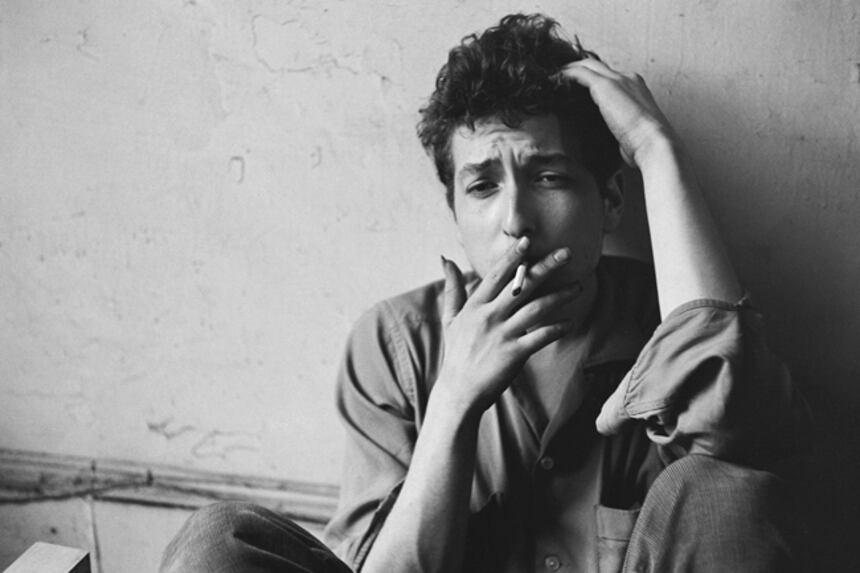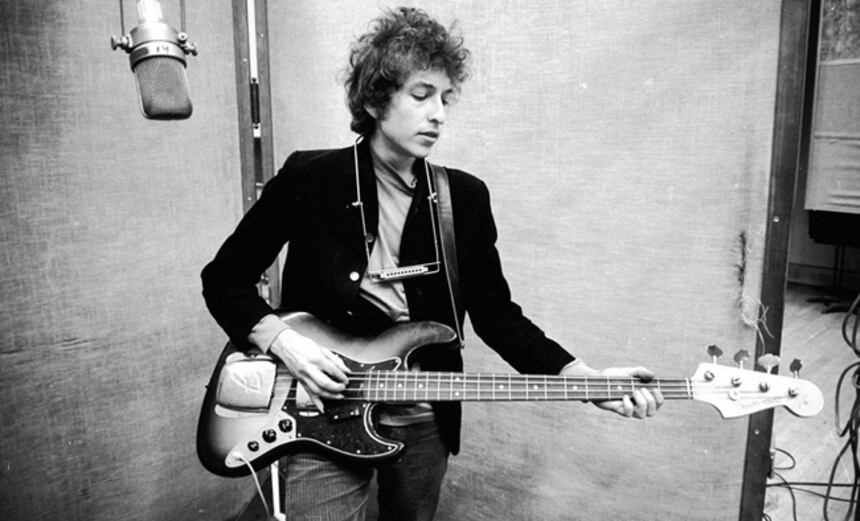Here at the Qobuz Hi-Res guide, we're big fans of Bob Dylan. When we were told that a number of his albums were going to be released in 24-bit/96kHz Studio Master editions, we were delighted.
For our readers who are skeptical of the "process" of re-issuing an album in Studio Master that was recorded in the '60s or '70s: it involves transferring the music from their original vinyls (master tapes) to digital files, all according to the technical prowess of the studio.
The work can be done at various sampling frequencies - 24-bit or 32-bit, for example. Most masters that pass through our quality control are at 96kHz, as is the case with this particular Dylan album.
The album we chose was recorded in 1965 and is one of the cornerstones od Dylan's career. It opens with the timeless Like a Rolling Stone, which thanks to its inclusion in a number of soundtracks and being the subject of countless cover versions has seeped into the collective consciousness. Highway 61 Revisited also includes Desolation Row, which at 11 minutes is one of the longest tracks ever recorded by Dylan.

24-bit audio for Dylan?
We have to confess, as fans, we were a little dubious of the benefits of the 24-bit treatment for Bob Dylan. What exactly would Hi-Res be trying to "bring out" in the recording? Where would we see improvement in terms of listening comfort and fidelity? After our quality control confirmed the calibre of the Studio Master, we settled down to listen with an Astell&Kern AK120 player and a Denon AH-D7100 headset.
As we listened to Highway 61 Revisited, three things stood out: dynamic range, audio definition and "extended" stereo experience.
The audio definition (or texture) is admirable, particularly regarding the reproduction of the guitar. In the context of its recording in 1965, we have an excellent recording which gives off a pretty strong analogue vibe. Throughout, the harmonica features nicely in the mix as does the guitar. Dylan's voice is "emancipated" from lurking amongst the arrangements.
Dylan's voice is given pride of place in the overall sound in Ballad of a Thin Man as with Queen Jane. We particularly liked the spacing overall, especially with the floaty guitars. The piano also takes a strong place in the soundscape, as does the tambourine (which suffered somewhat from overuse at the time). The Stereo of It Takes a Lot to Laugh is one of the best moments on the album, with great positioning of the piano and the harmonica.
We wouldn't go as far as to say that it was like listening to the album anew, but this 24-bit/96kHz edition allowed us to rediscover all of the warmth of the 1965 analogue recording, with its broad Stereo and good dynalics allowing Dylan's vocals and instrumentation to fulfill their expressive potential without all merging into one.

If you are a manufacturer, importer, distributor or actor in the domain of sound reproduction and you wish to contact us, please do so using the following address: newstech@qobuz.com
If you are passionate about our Hi-Fi Guide and you wish to contact us, please do so using the following address: rubriquehifi@qobuz.com
Original article by PATRICK-PIERRE GARCIA Translation by RACHEL HARPOLE



